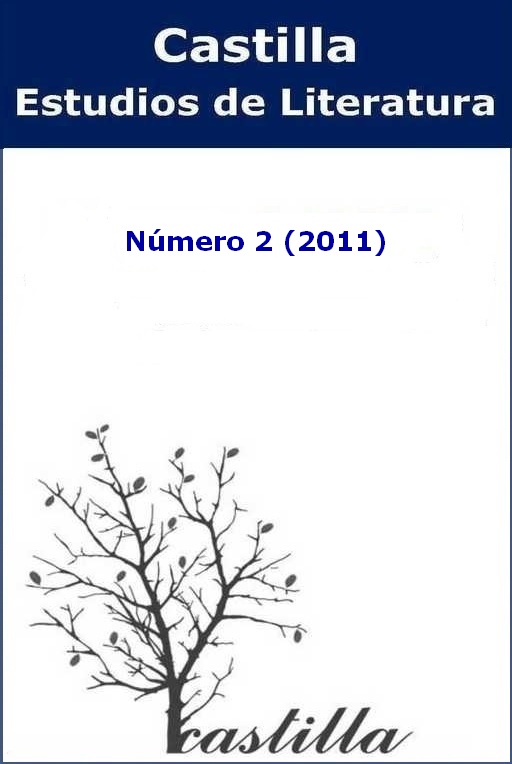“Más parecen disparates que sentencias”: on the Comic Tale and Censorship in the Golden Age Drama
Abstract
The drama of the Golden Age is an example of high literature closely linked to the oral tradition, and is one of the genres probably most open to the use of traditional and folkloric elements: fairy-tales, proverbs, songs, ballads, nursery rhymes, spells, etc. In composing their works, Spanish playwrights exploited this source both deeply and widely. One method of embedding these traditional elements, frequently met with in works of this period, is the threading of narrative beads. This narrative bead-threading generally has a comic function, and it is the investigation of this function, within the narrow bounds that official censorship allowed, that this article focuses upon.Downloads
Download data is not yet available.
Downloads
Published
2011-06-09
Issue
Section
ARTICLES
License
This journal enables free and immediate access to its content to foster global knowledge.

The articles published at Castilla. Estudios de Literatura will have a Creative Commons Attribution 4.0 International License (CC BY 4.0).
The authors continue as owners of their works, and can republish their articles in another medium without having to request authorization, as long as they indicate that the work was originally published in Castilla. Estudios de Literatura.
How to Cite
“Más parecen disparates que sentencias”: on the Comic Tale and Censorship in the Golden Age Drama. (2011). Castilla. Estudios De Literatura, 2, 325-352. https://revistas.uva.es/index.php/castilla/article/view/72



